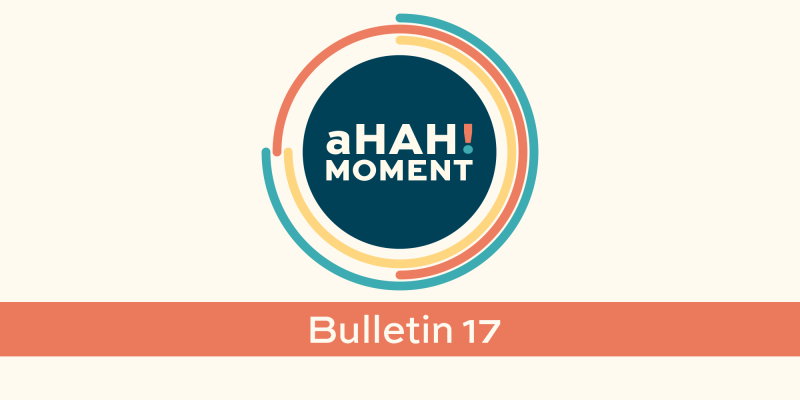Intended for all members of the healthcare team, this video explores improving asthma outcomes and achieving health equity by making effective connections with patients and whānau.
Guidelines step towards improved asthma outcomes

If you would like to view a PDF version of the bulletin, click here.
Guidelines step towards improved asthma outcomes
Hospitalisation and death due to asthma are unacceptably high for Māori and Pacific peoples – and little has changed over the past 18 years.1
Asthma hospitalisations in 2019 for Māori and Pacific peoples were more than three times those of European/other ethnicities (rate ratios 3.24 and 3.22, respectively), with the ratio for Māori increasing markedly from 2018.1 Asthma mortality rates over 2012–2017 also showed disparities: respectively, Māori and Pacific peoples had rates 3.36 and 2.76 times those of European/other ethnicities.1
Despite this, Māori with asthma are less likely to be prescribed inhaled corticosteroids (ICS), have an action plan or receive adequate education, in addition to facing other major barriers to good asthma management such as poor access to care, and services that do not meet their needs.2
The 2020 Asthma and Respiratory Foundation NZ (ARFNZ) asthma guidelines include recommendations to improve care in Māori and Pacific peoples.2 They note better outcomes in Māori using AIR (Anti-Inflammatory Reliever) therapy, a fundamental addition to the stepwise approach to asthma management in adults and adolescents.2
Inhaler technique, action plans crucial
Knowing and understanding how to use each inhaler device is the cornerstone of asthma management and symptom control, so ensure inhaler technique is reviewed at each asthma treatment step.2 Every patient should be provided with a spacer, supplied free, for use with metered-dose inhalers; these are available on a Practitioners Supply Order and fully subsidised. Also ask patients about medicines use, including concordance with maintenance treatment, and about treatable traits (overlapping disorders, comorbidities, environmental and behavioural influences).2
Everyone with asthma should have a personalised, written asthma action plan as these improve outcomes.2 ARFNZ plans are available in English, Tongan, Samoan, simplified Chinese and te reo Māori, and can be modified according to patient and practitioner preference.
For resources, visit asthmafoundation.org.nz
AIR therapy preferred
Recent asthma guidelines recommend an Anti-Inflammatory Reliever (AIR) therapy algorithm for managing adolescent and adult asthma. AIR is based on inhaled corticosteroid budesonide combined with fast-onset, long-acting beta2 agonist formoterol (200µg/6µg), in turbuhaler formulation. It can be used either only as needed (reliever therapy) or regularly as maintenance therapy plus reliever use.2
AIR includes and extends the SMART approach – the use of budesonide/formoterol as both maintenance and reliever therapy at algorithm steps 2 and 3.2 Starting treatment with a short-acting beta2 agonist alone is not recommended. Instead, initiate an ICS from first diagnosis. Remember, when using AIR, a SABA reliever should not be prescribed.2
Acknowledgements
Written by: Gayle Robins, freelance medical writer and regular contributor to He Ako Hiringa resources
Reviewed by: Dr Noni Richards (BPharm, PhD), senior consultant Matui Ltd, developers of the He Ako Hiringa EPiC dashboard)
References
- Barnard LT, Zhang J. The impact of respiratory disease in New Zealand: 2020 update. August 2021. www.asthmafoundation.org.nz/assets/documents/Respiratory-Impact-report-final-2021Aug11.pdf (accessed July 2022).
- Beasley R, Beckert L, Fingleton J, et al. Asthma and Respiratory Foundation NZ adolescent and adult asthma guidelines 2020: A quick reference guide. N Z Med J 2020;133(1517):73–99. Open access at https://journal.nzma.org.nz/journal-articles/asthma-and-respiratory-foundation-nz-adolescent-and-adult-asthma-guidelines-2020-a-quick-reference-guide